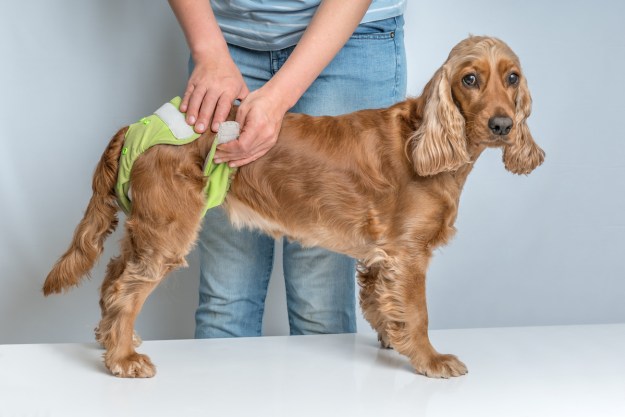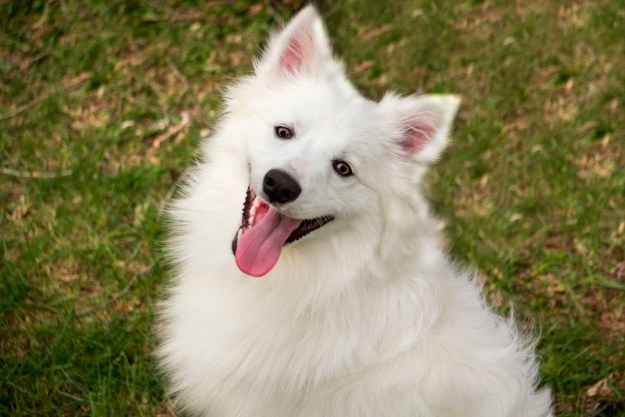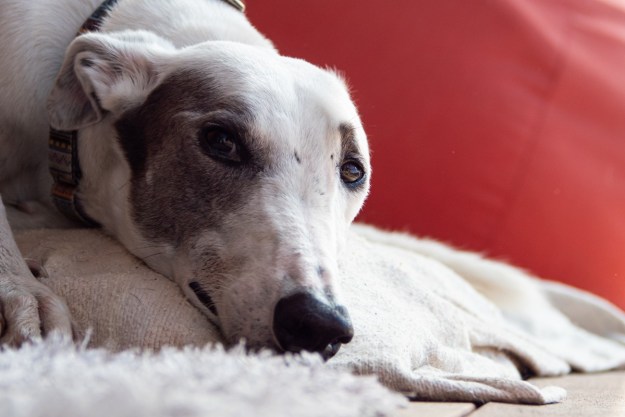Beagles are lovable dogs who melt hearts with their soulful eyes and long, silky ears. They conjure up images of a pack of hounds out on a hunt, a playmate hanging out with a kid, a hiking companion, or a cuddle buddy at night. Beagles are certainly all of these.
It’s believed that the ancestors of the beagle were small hunting dogs English gentlemen used to track hares in the 1500s. Today, there are two varieties of beagles recognized by the American Kennel Club (AKC). The smaller dogs are under 13 inches in height, while the larger can measure over 13 and at or under 15 inches. Both have short coats and come in a variety of colors, with the most common being the tri-colored black, white, and tan. The other colors are white and red and the less common lemon and white. If you’re thinking about adding a beagle to your family, read on for everything you need to know.
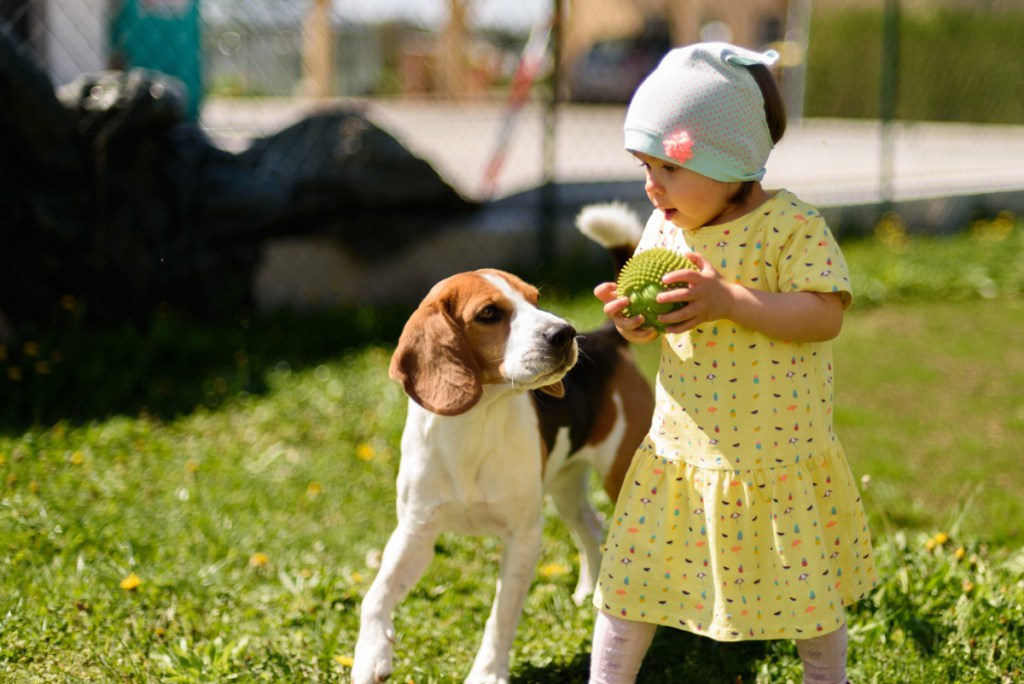
Are beagles good house pets?
According to the National Beagle Club of America, Inc (NBC), beagles are wonderful dogs who make excellent family companions and are great with children. They have an average lifespan of 12 to 15 years. And while the breed is generally healthy overall, some specific diseases are known to affect beagles, according to veterinary experts at PetMD. Those health issues include luxating patella (dislocated kneecap), glaucoma, epilepsy, hypothyroidism, and cherry eye.
Beagles are among the breeds predisposed to obesity according to the study OPET: Owners and Pets Exercising Together. A combination of at least an hour of exercise a day and healthy portions of high-quality food will help keep a beagle’s weight in check.
Pros of living with a beagle
- While beagles have a stubborn streak, they can be trained. This should start at an early age. Consistency, supervision, patience, and understanding are the keys to successfully potty-training these hounds. Positive reinforcement training using low-calorie healthy treats works best when teaching these dogs basic obedience.
- Beagles are low maintenance when it comes to grooming. They have a smooth, dense double coat that sheds in the summer. They are moderate shedders during the rest of the year. They will do fine with brushings a few times a week. They also need regular nail clippings, and their ears should be cleaned regularly to prevent infections.
- Beagles’ small size makes them a popular choice for people living in apartments or cities. Training will be needed, though, to curb excessive barking. While owners might find their hound’s melodic baying endearing, it can be annoying for neighbors.
Cons of living with a beagle
- Beagles are escape risks due to their powerful noses, and they can only be turned loose in fenced-in yards. Fences should be five feet high, as beagles have been known to climb out of their yards. Additionally, the base of the fence needs to be secured with chicken wire or cement to prevent the hound from digging out.
- For safety reasons, training experts recommend always leashing beagles when out on walks. The danger is that an off-leash hound will pick up a scent and get lost.
- Beagles are pack animals and love company. If left alone for too long, they can suffer from separation anxiety and become destructive in the house.
- This is not a good breed for sedentary families, as beagles need at least an hour of exercise every day to keep themselves happy and healthy.
Do beagles have good personalities?
Read through the Happy Tails section of the SOS Beagle Rescue website and you’ll quickly get a sense of the beagle’s temperament. Adopters describe their rescued hounds as cute, lovable, goofy, gentle, entertaining, and affectionate. It’s no wonder then that beagles are the most popular hound dog for families in the US. Experts at the AKC describe beagles as happy-go-lucky, curious, and clever. They are high-energy hounds who love outdoor hiking adventures and participating in agility, field trial, and scent work competitions.
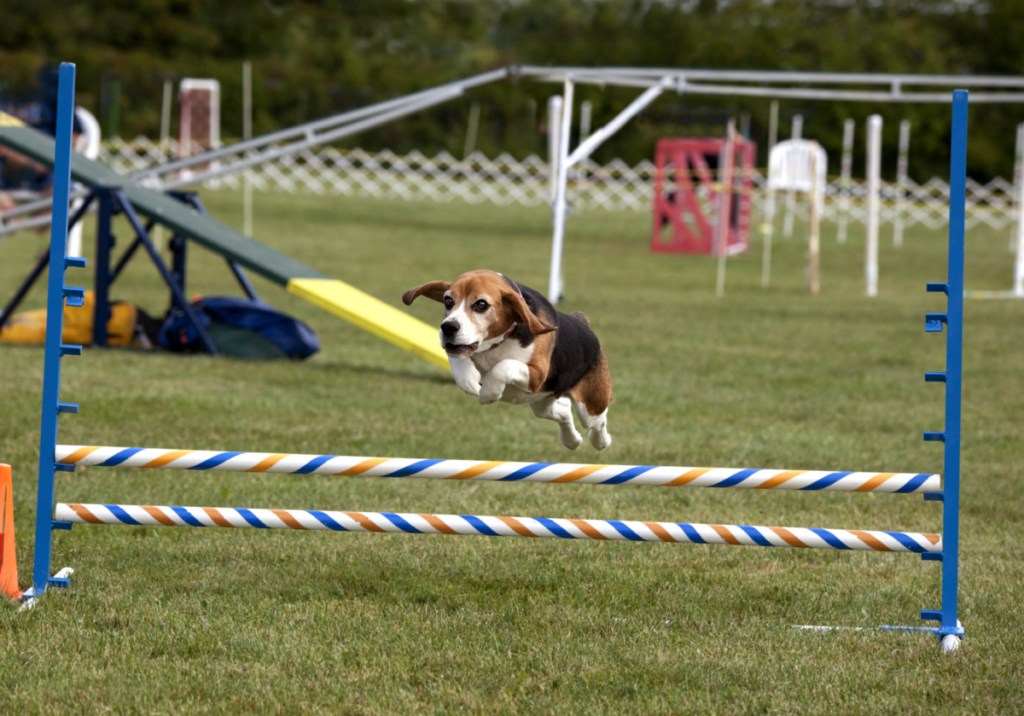
Finally, if you think the beagle is the right breed for you, there are many places to find your new companion. When researching breeders, make sure you get referrals to reputable professionals from your veterinarian or the national breed club. Rescue groups and shelters nearly always have beagles for adoption. These wonderful dogs are in rescue through no fault of their own. Many were abandoned by hunters or rescued from research laboratories. Wherever you get your beagle, be prepared for years of loving and loyal companionship.
Editors' Recommendations
- How long do dachshunds live? The truth might surprise you
- Why does my dog have a bald patch on their tail? Here are the answers you need
- What you need to know about your cat’s swollen lip – what caused it and how to help it heal
- A guide to great gut health: 5 benefits of probiotics for dogs you may not know about
- Everything you need to know about the munchkin cat: Some facts may surprise you


